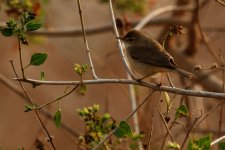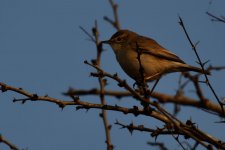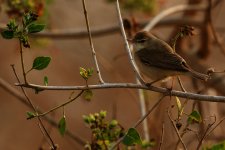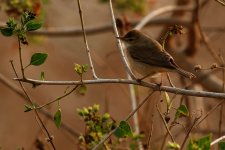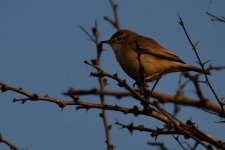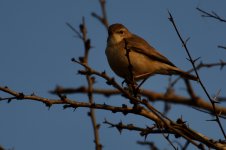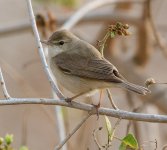Can you please help ID these two warblers? They are of two separate birds, in the same vicinity. Wondering if they could be Skyes's given pale legs and bill, presence in open, dry habitat bordering Hesaraghatta Lake, Bangalore, India. Thanks!
-
Welcome to BirdForum, the internet's largest birding community with thousands of members from all over the world. The forums are dedicated to wild birds, birding, binoculars and equipment and all that goes with it.
Please register for an account to take part in the discussions in the forum, post your pictures in the gallery and more.
Skyes's Warblers? Hesaraghatta Lake, Bangalore, India (1 Viewer)
- Thread starter rsriram9
- Start date




